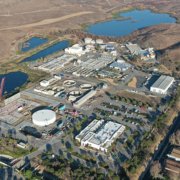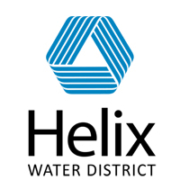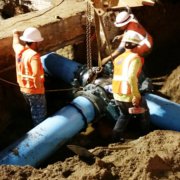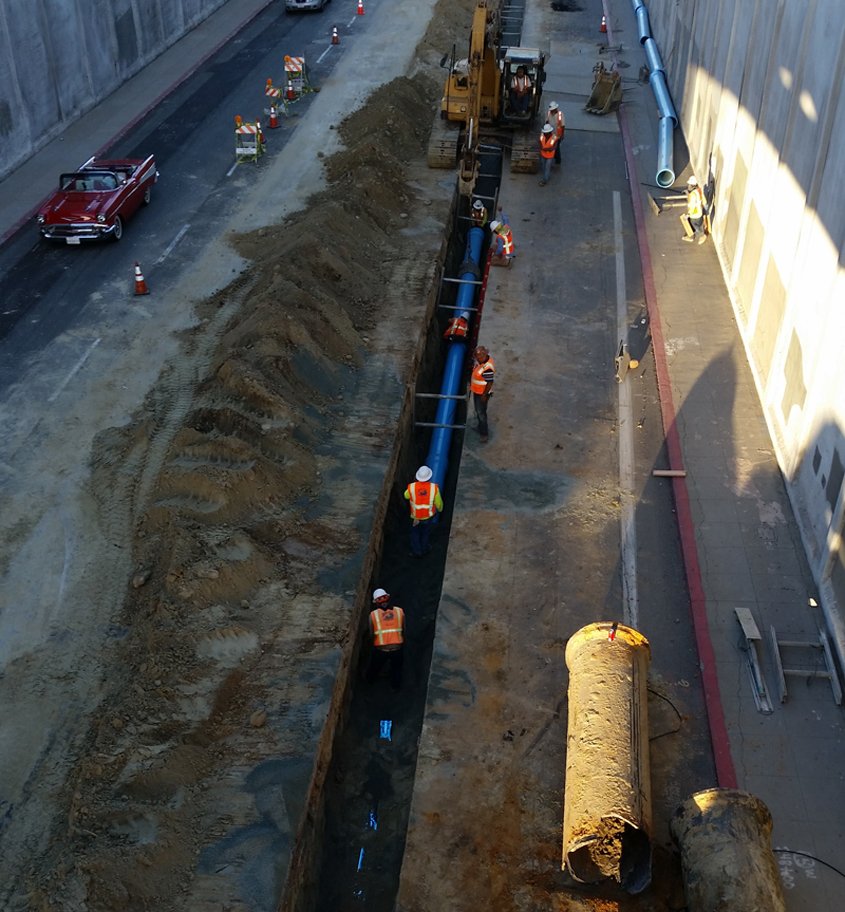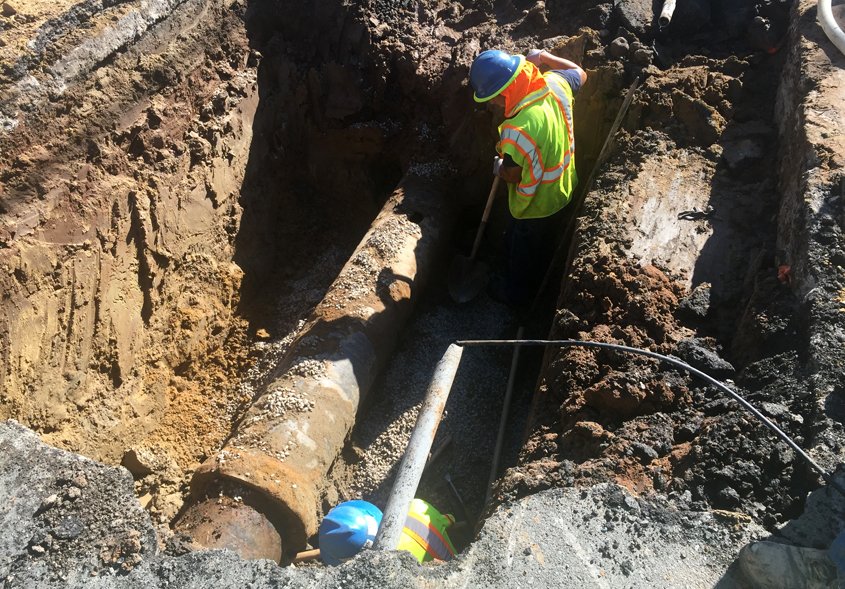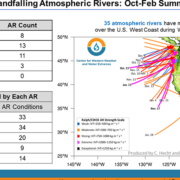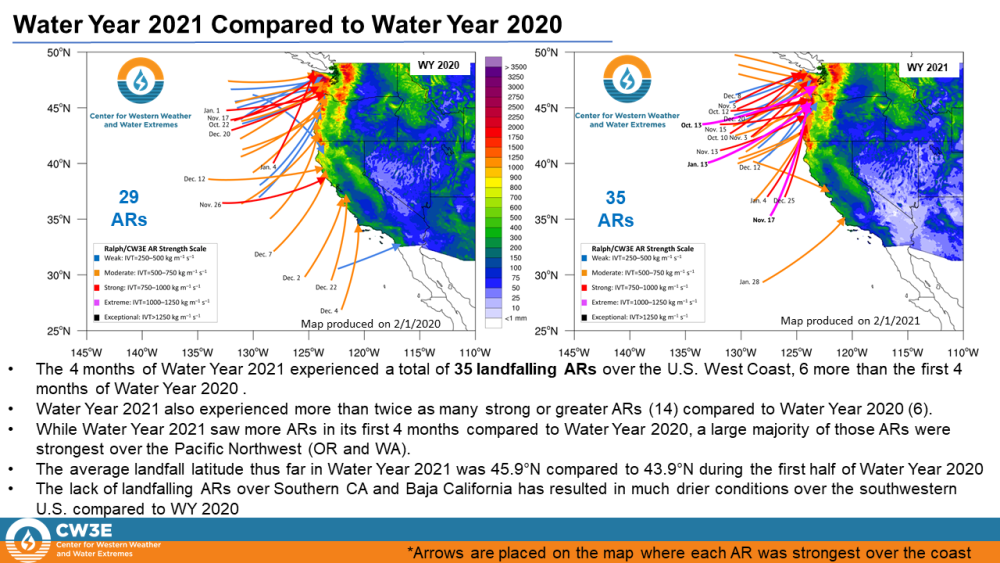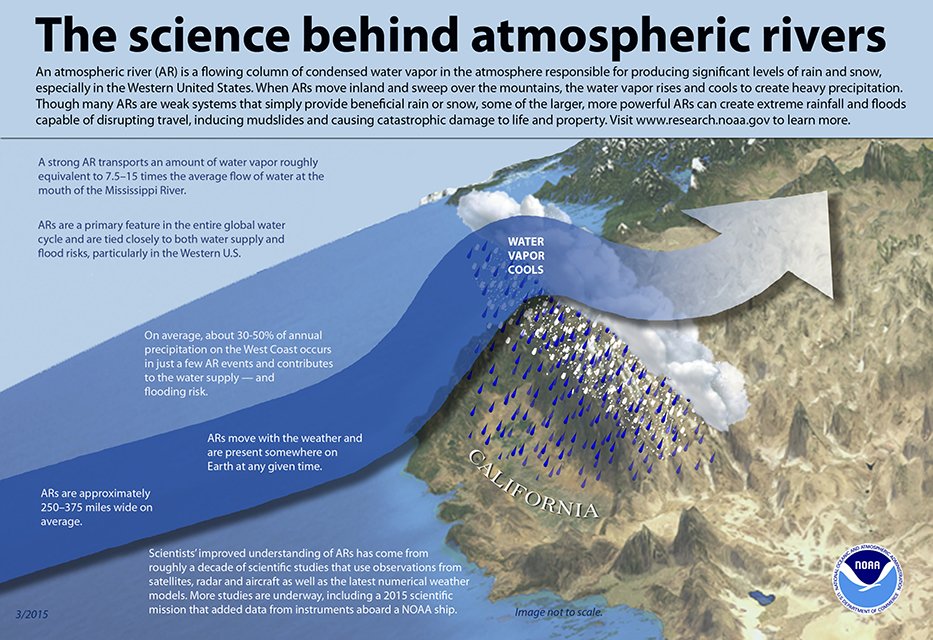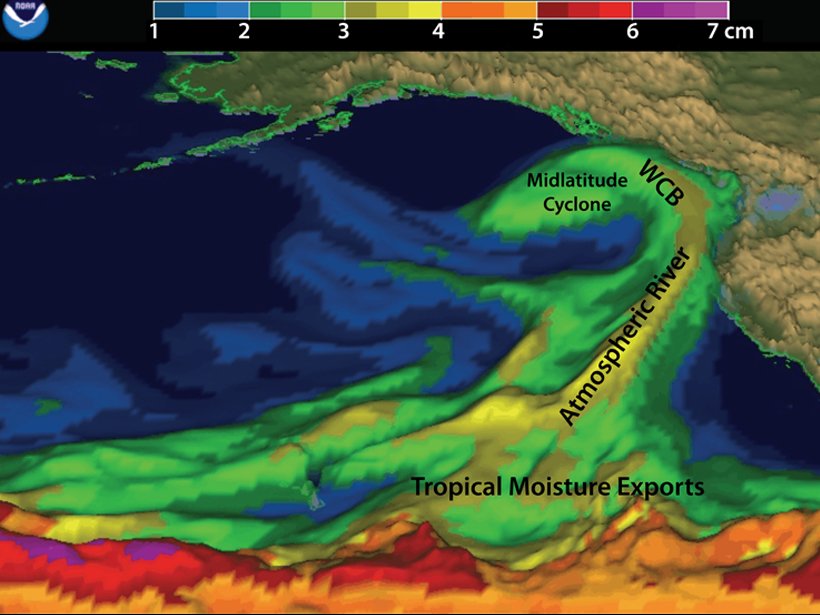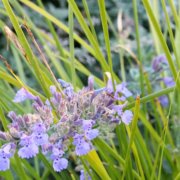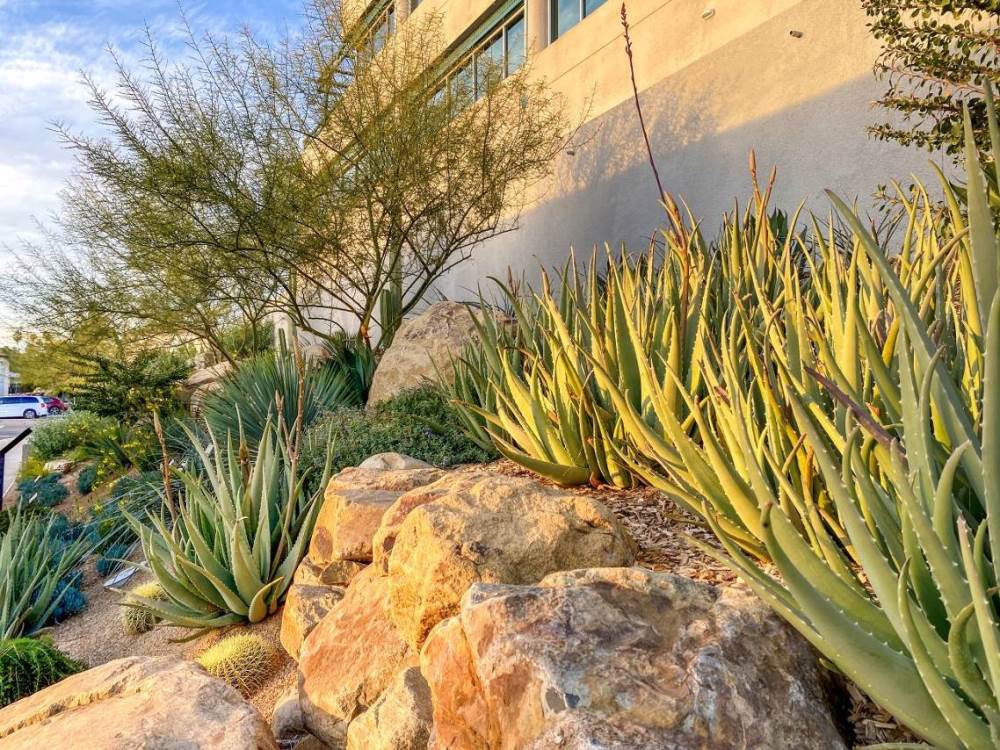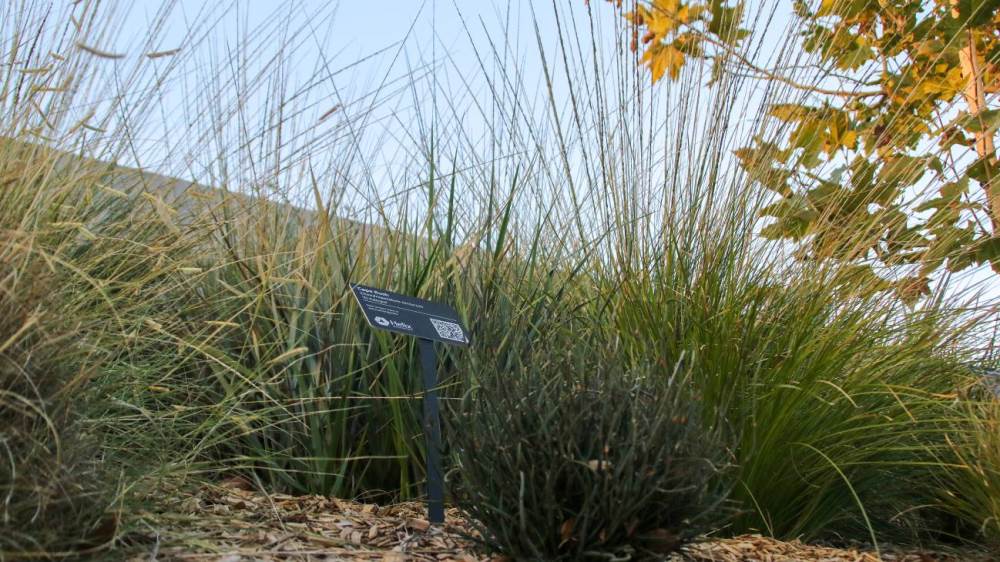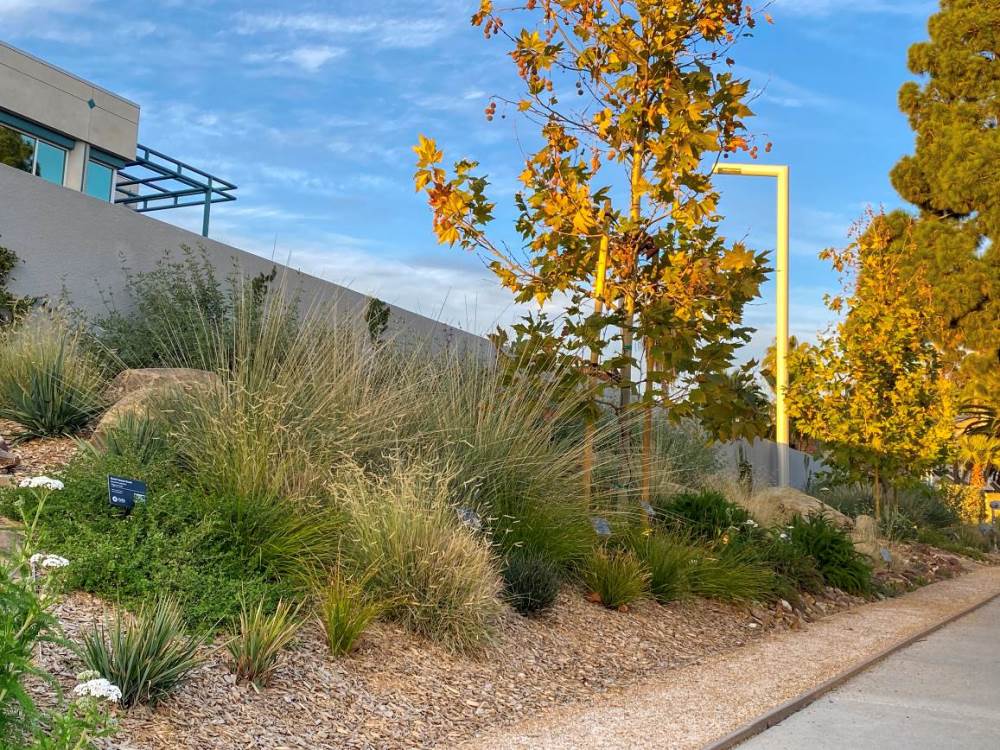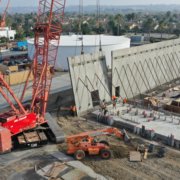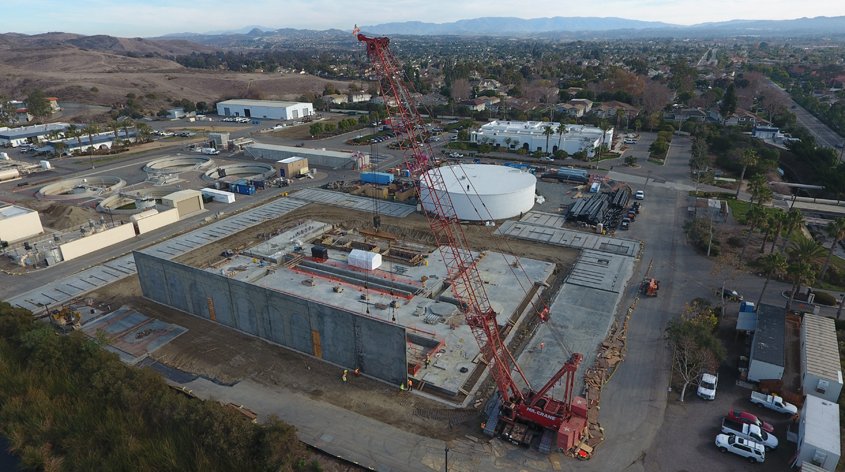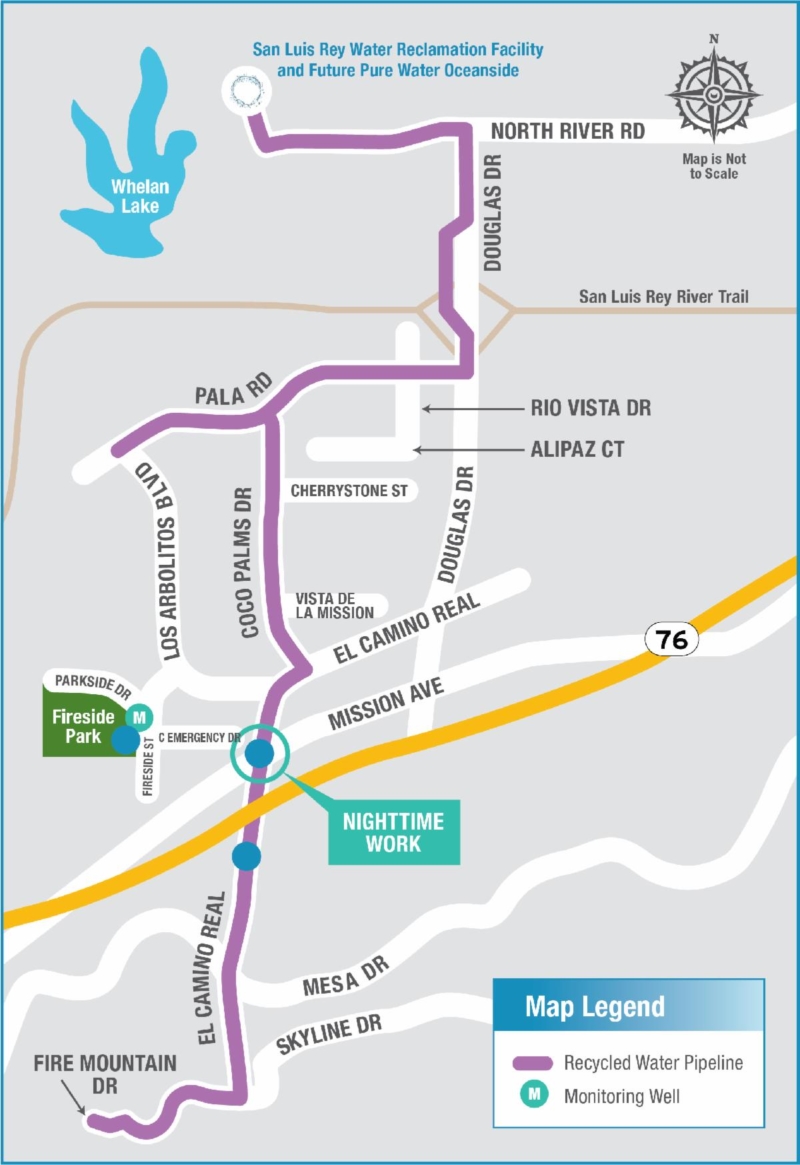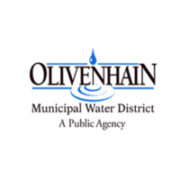Water Authority Board Supports Regional Potable Reuse Projects
The San Diego County Water Authority’s Board of Directors today unanimously approved a formal resolution reaffirming its longstanding support for potable reuse and water recycling projects developed by local member agencies across the region.
“Projects such as Pure Water San Diego, Pure Water Oceanside and the East County Advanced Water Purification Project are critical to the continued development of local water sources that help sustain the region’s 3.3 million residents and $245 billion economy,” said Water Authority Board Chair Gary Croucher. “The Water Authority has long supported water reuse and recycling projects, and we will continue to collaborate with member agencies in developing these vital local resources.”
Water supply diversification
For more than two decades, the Water Authority has promoted the advancement of water recycling and reuse in San Diego County as part of the region’s water supply diversification and reliability strategy.
The agency has sponsored and supported legislation to speed the development of potable reuse regulations in California, and has worked as an active member of the WateReuse Association to help shape the statutory and regulatory framework for potable reuse in the state. And Water Authority investments in high-priority, highly reliable water from the Colorado River support the development of local resources by delivering a low-cost baseload of water that can be recycled and repurified.
Potable reuse project funding
In addition, the Water Authority has advocated for robust funding in state bond measures, including seeking the inclusion of up to $500 million to expedite potable reuse and advanced water treatment projects in a legislative bond measure targeted for the November 2022 ballot. The Water Authority also helped secure nearly $500 million for local projects from the Metropolitan Water District of Southern California in 2019 and 2020, and most of that money was for potable reuse.
Potable reuse relies on advanced treatment technologies to produce a high-quality drinking water that is locally controlled, drought-resilient, and reduces wastewater ocean discharges. Every gallon of recycled or repurified water reduces the need to import or develop other supplies.
Recycled water, potable reuse projects under construction
Approximately 33,000 acre-feet of recycled water is expected to be reused within the Water Authority’s service area annually by 2025. The volume is expected to continue growing as new and expanded potable reuse plants come online. They are projected to produce more than 112,000 acre-feet per year of new drinking water supplies by 2045, enough to meet nearly 18% of the region’s future water demand.
Two of the first three potable reuse projects are now under construction in San Diego County:
- The City of San Diego’s large-scale water recycling project, Pure Water San Diego
- The City of Oceanside’s advanced water purification project, Pure Water Oceanside
A third project, the East County Advanced Water Purification Program, a combined effort by the City of El Cajon, Padre Dam Municipal Water District, the County of San Diego, and the Helix Water District, is in the design/pre-construction phase.

